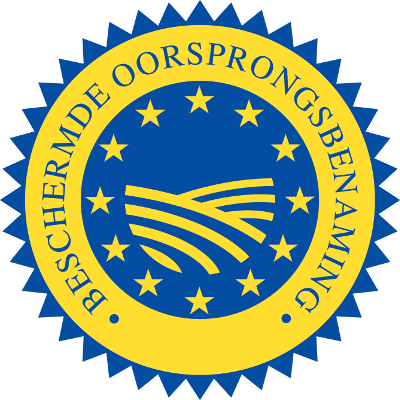An application for registration of a geographical indication must be submitted by a producer group: any association, irrespective of its legal form, mainly composed of producers working with the same product (unless only one person produces the product).
This producer group must draw up a product specification indicating, among other things, the type of product involved, the defined geographical area, the production methods, etc.
A procedure is then launched at national level in a first stage, where the country’s authorities judge whether registration is appropriate.*
In a second stage, the EU Intellectual Property Office will do a formal check and then publish the product specification, to which third parties may object.
*EU member states can indicate that they allow to skip the national phase.
